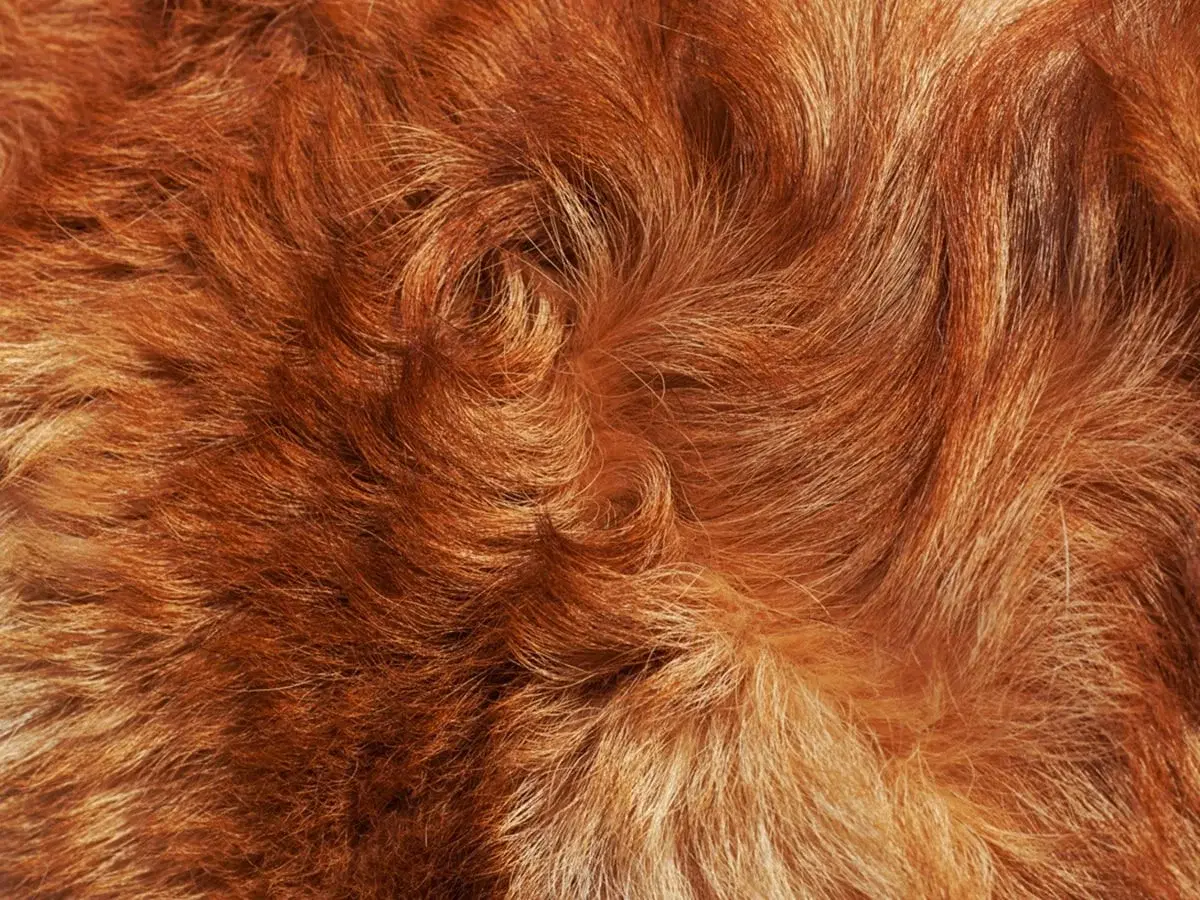Our dogs amaze us with their variety – coats are black as night, gold like sunshine, or everything in between! But did you know those colors can shift over time? If your pup is suddenly looking different, you're not imagining things. Several factors, from harmless quirks to treatable conditions, might be at play.
The Science Simplified
Dog fur gets its color from two main pigments: eumelanin and pheomelanin. Your dog's unique DNA mix dictates how much of each they produce, creating their distinctive look.
Normal or Not?
Lots of color shifts are natural and no cause for worry. Age, hormone fluctuations, sun exposure, and shedding a puppy coat into an adult one can all be behind the change. Here are some common scenarios:
Puppy to Adult Coat: Lighter puppy fur often transitions to a richer color by adulthood. This is their true 'grown-up' color emerging.
Sun Exposure: Just like our hair, dog fur lightens in the sun. This is most obvious on white fur or on specific markings.
Hormones: Pregnancy, heat cycles, etc., can sometimes cause slight color shifts due to temporary pigment changes.
Aging: Graying is part of life for many dogs! Expect it starting around the muzzle, later in life, especially in breeds like Poodles and German Shepherds, who are predisposed to early graying.
Ask the Vet: When to Be Concerned
A change in fur color is often just about appearances. But it could hint at more serious issues if coupled with symptoms like:
Itching and scratching
Hair loss
Skin rash, redness, bumps
Dull coat texture
Vet Insight: "If you notice changes in your dog's fur along with any of the above signs, it's definitely time for a checkup. Skin conditions, parasites, and even nutritional deficiencies can be behind those coat changes." – Dr. Jane Smith, Sunnyside Animal Clinic
Should You Worry about Specific Color Changes?
While most changes are benign, here's when you might want to consult your vet:
Hypothyroidism: An underactive thyroid in dogs can sometimes cause fur thinning and changes in pigmentation.
Cushing's Disease: This hormonal disorder might make a dog's fur patchy or change tone in unusual ways.
Sudden Graying: While this has many explanations (including stress), a vet can rule out underlying medical causes if the change is abrupt.
Can I Prevent My Dog's Fur From Changing Colors?
Not in most cases! Fur color shifts due to genes, sun, and aging are a fact of life. However, you can support overall skin and coat health:
High-quality diet: Nutrients matter! Vets can recommend dog foods that promote healthy skin and fur.
Protection from the Elements: Sunscreen for dogs exists – talk to your vet if a lot of sun exposure is unavoidable. For thin-furred breeds, coats and sweaters in cold weather prevent skin issues.
Regular Grooming: Proper brushing and coat care helps distribute natural oils and remove loose hair, promoting a healthy look.
Annual Checkups: Your vet can monitor any subtle changes over time, catching potential issues early.
Spot Pet Insurance: Protecting Your Changing Pup
Skin infections and irritations are surprisingly common, and many are very treatable. Spot Pet Insurance can help with unexpected vet bills, allowing you to focus on getting your pet the best care possible. Learn more about Spot Pet Insurance today!
Final Thoughts
In many cases, color changes are just a fascinating part of being a dog! If you have any concerns, your vet is always the best resource to help you and your furry companion.

Mostly a tech person, always a pet person. I am dedicated to improving the lives of pets and their humans with technology. Off-duty, I enjoy writing about the misbehaving of computer programs and my two Aussiedoodles, Calvin and Hobbes.












